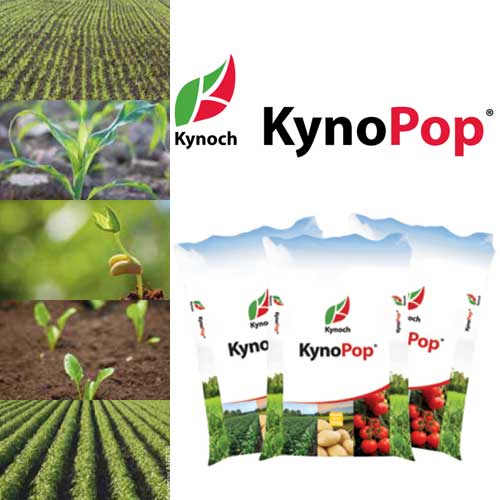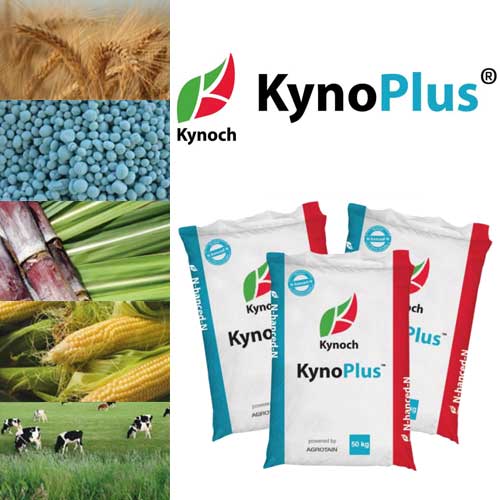
The Composition and Purposes of Granular Fertilizer
20/05/2021
The Composition, Use and Actions of a Soil Fertilizer
22/06/2021The Main Benefits of Using a Liquid Fertilizer
Farmers, nursery owners and home gardening enthusiasts differ in terms of the area of land at their disposal and the use they make of it. However, they will all have one goal in common. Each aspires to make his or her efforts as productive as possible. Farmers aim to maximise their cash crops, nursery owners wish to produce healthy garden and houseplants for sale, and the home gardener wants somewhere beautiful to relax. In most cases, the use of liquid fertilizer will offer all three the quickest route to success.

There are, of course, many comparable solid products on the market that could serve equally well to ensure healthier plants and larger yields. However, while the dry, granular products remain popular, there has been a distinct change in preferences in recent years. Today, more and more users recognise the many possible benefits of applying their essential plant nutrients in liquid form.
The major disadvantage of granular products is that it is hard to distribute them evenly. By contrast, using liquid fertilizer leads to a much more uniform distribution pattern. As the solution seeps down into the soil, it also spreads laterally. This even dispersal ensures that each plant receives an equal share of the dissolved essential nutrients.
When applying a granular product, macronutrients such as nitrogen, phosphorus, and potassium are present as solid compounds. These must first be in solution before the plants can derive any benefit from them. Even with adequate rainfall and irrigation, this can be a slow process. By contrast, the contents of liquid fertilizer are immediately accessible. For this reason, farmers will often prefer to use them during the early part of the growing season. The improved access to nutrients when they are in a solution helps ensure the rapid root growth vital for the newly-planted crops to establish a firm hold in the soil at this crucial stage in the growth cycle. Also, nitrogen loss is lower, which, in turn, means greater functionality.
The application process is also more straightforward than when using a granular product. Furthermore, users have the option to combine the liquid fertilizer with other nutrient or protective solutions and spray them all with a single pass. Combining these operations will not only save time and labour costs but will also save fuel and help to reduce harmful emissions.
It should now be clear that the benefits of switching to this type of product are manifold. But, to maximise those benefits, it is essential to choose your product with care. For the more discerning farmers in Southern Africa, the name Kynoch is the mark of quality.






.png?v=1594369838025?v=1594369838026)